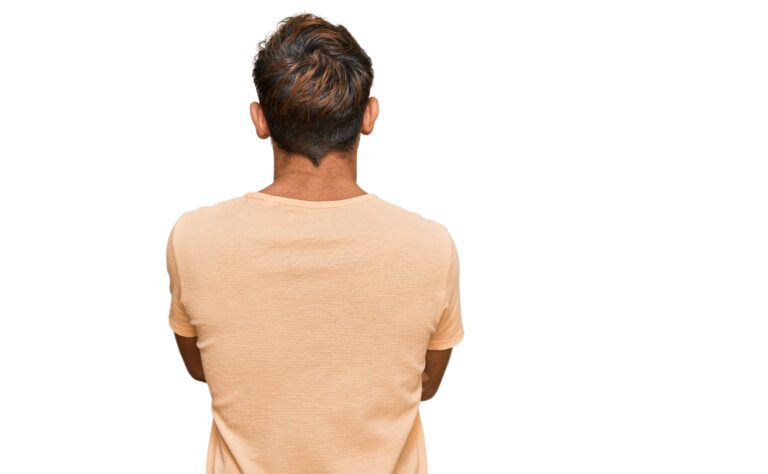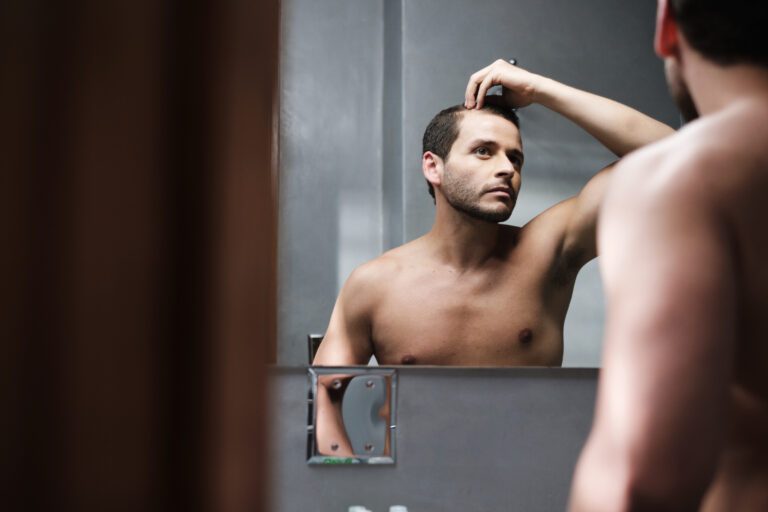Do Hair Transplants Hurt? How Painful Are They Really?
It’s only natural to think about pain and discomfort when talking about surgeries. It’s one of the primary reasons why some people have reservations about having one.
That being said, hair transplantation surgeries are relatively mild procedures. In fact, some hair restoration methods are non-invasive and don’t require major cutting.
Still, if you’re on your first schedule for a hair transplant session, it’s difficult not to ask, “Do hair transplants hurt?” It’s a valid concern that has something to do with the surgery’s method.
In today’s post, we’ll talk about the whole process of hair transplants and the pain or discomfort involved. So, keep reading, and let’s put your mind at ease.
Types of Hair Transplant Surgery
Hair transplanting is a cutting-edge medical procedure that helps combat hair loss. It allows patients to regain their crowning glory, giving them new, natural-looking, fully-grown hair.
The process of hair transplants is pretty straightforward. However, to get an idea about the pain involved with hair restoration surgeries, you first need to know about their methods.
1. Follicular Unit Extraction (FUE)
This method of hair restoration is one of the most popular. Its process involves using a micromotor to extract healthy hair follicles from an area of your scalp with healthy hair growth.
After collecting the hair grafts, the surgeon replants them individually to the balding area. To do this, they’ll make a series of incisions on the scalp where they’ll insert the grafts.
The healing process of an FUE only takes around five to seven days. You may experience itching, scabbing, and slight discomfort during the healing period.
2. Follicular Unit Transplantation (FUT)
The FUT uses a more complicated method than FUE. In this hair transplanting technique, the surgeon cuts a patch of skin from the part of the scalp with healthy hair.
The amount of skin they cut depends on the size of the balding area you want to cover. They then close the site where the hair grafts are taken with stitches.
Afterward, they’ll make a series of tiny cuts where they’ll replant the grafts. Unlike FUE, the healing time of FUT surgeries can take four to five weeks.
How Painful Is Hair Transplant Surgery?
Now that you know how a hair transplant works, let’s go over the question every patient asks their trichologist: is a hair transplant painful?
Fortunately, the pain you’ll experience in a hair transplant would be very minimal, owed to the ever-improving medical science, technology, and practitioners.
Nevertheless, it’s always better if you know what to expect. So, here’s a breakdown of what happens before, during, and after a hair transplant session:
1. Before Your Hair Transplant Surgery
Before the surgery, your doctor will examine the potential donor site and the recipient area. Don’t worry; there’s no pain involved in this part.
This is a crucial phase of the process that will determine some important aspects of the operation. Your doctor will estimate the number of hair grafts to cover the balding scalp spot.
In the FUT operation, they’ll mark the donor site with a special, methylene blue marker. They’ll also cut the hair within the marked area a few centimeters shorter.
2. During Your Hair Transplant Surgery
After prepping the donor and the receiving spots of your scalp, the surgical process begins. The operation will take three general steps: desensitizing, extraction, and transplantation.
Desensitizing
The numbing process is the most crucial stage if you’re worried about pain. The doctor will administer a local anesthetic to numb the surgical sites.
There are two steps to this part: desensitizing the donor area, where they’ll extract the hair grafts, and numbing the receiving area, where they’ll implant the hair grafts.
The surgeon will deliver the local anesthetic using an injection. They’ll inject small doses of the numbing agent into your scalp’s targeted region.
It ensures you won’t feel anything through the remainder of the procedure. Most patients will feel slight “pinching” pain and discomfort while desensitizing.
Extracting
Once your scalp’s prepped and numbed, the surgeon will start extracting hair grafts inside the marked donor site.
In the follicular unit extraction method, they’ll immediately collect the hair grafts using a micro-motor. This device will allow your doctor to harvest hair grafts without damaging them.
In the follicular unit transplantation, they’ll cut the donor patch using a scalpel. Afterward, a specialist will prepare and extract the hair grafts for transplantation.
While both processes sound painful, the full effect of the anesthetics should be in full effect. With that in mind, you don’t have to worry about pain and discomfort during the extraction.
Transplantation
Once all the grafts are ready, the doctor will start transplanting them into the balding spot of your scalp. To do this, they’ll use a fine, sharp blade to make thousands of hair incisions.
The depth and diameter of the cuts will depend on the thickness and other characteristics of the hair grafts. This process could take around 4 to 12 hours.
During long-term surgery, anesthesia can wear off and lose its numbing effect. To prevent the patient from feeling pain, the doctor readministers numbing agents in 2 to 3 hours intervals.
3. After Your Transplant Surgery
So, we know that the pain before and during the surgery is minimal to zero, but what about after the surgery, particularly when the anesthesia wears off?
Fortunately, patient reports indicate that there’s little to no pain following the surgery. Your doctor should also give you oral medications to deal with any pain after hair transplant.
If you experience any hair transplant donor area pain or scalp pain after hair transplant, immediately talk to your doctor. Finally, always practice proper hygiene, and you’re good!
Final Thoughts
When talking about surgeries, the idea of pain is usually daunting. It’s one of the reasons why people have reservations about having any kind of surgery.
So, do hair transplants hurt?
Thankfully, hair transplantation is a mild and virtually painless procedure. It’s a cutting-edge hair restoration process that uses advanced medical technology and well-versed practitioners.
You might feel slight discomfort during and after, but that’s it!







